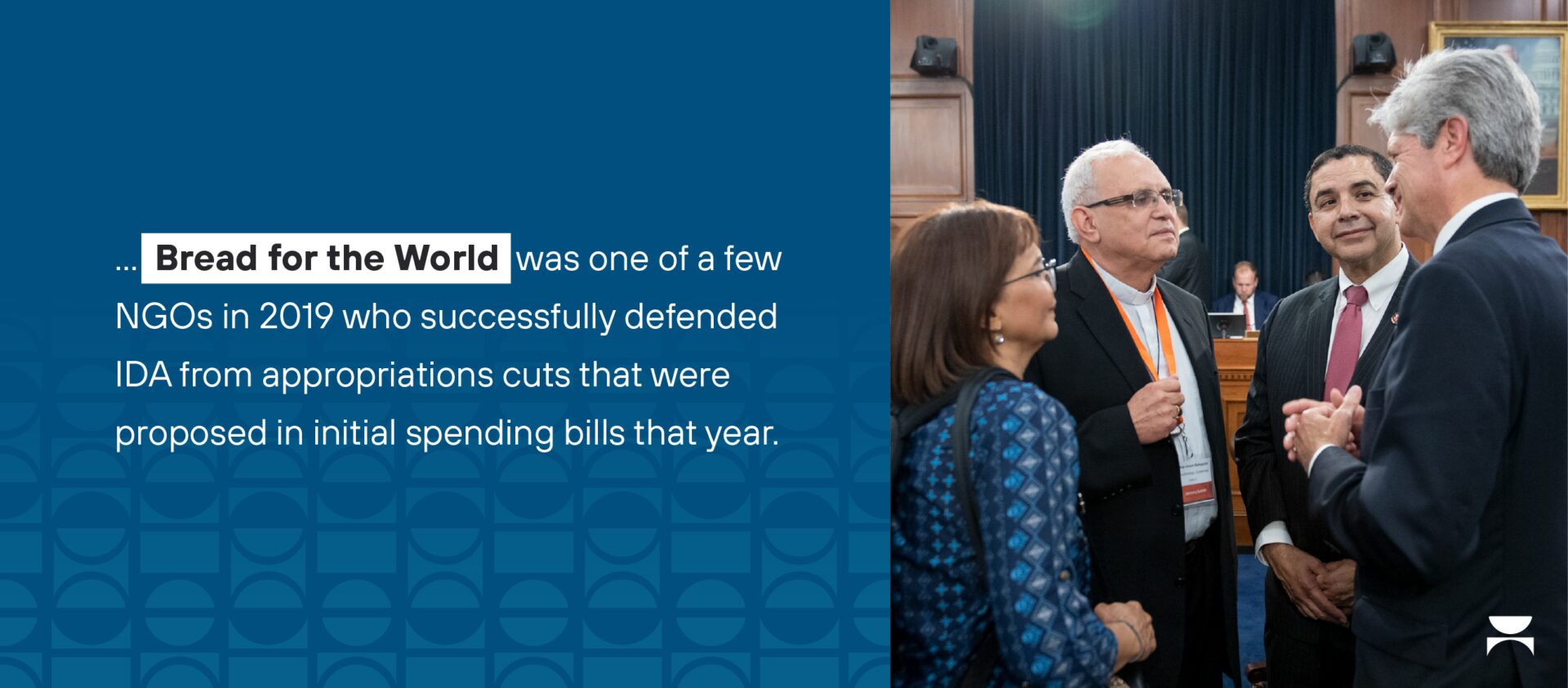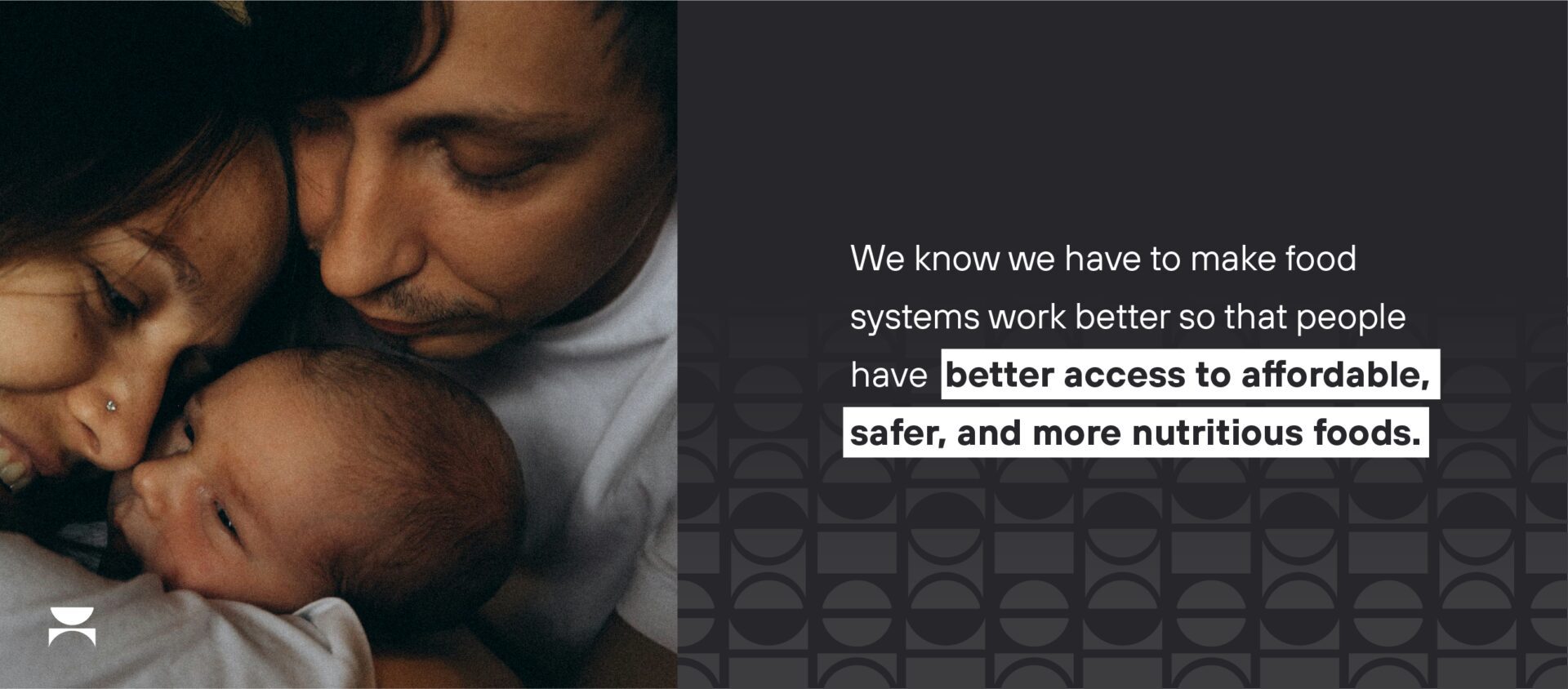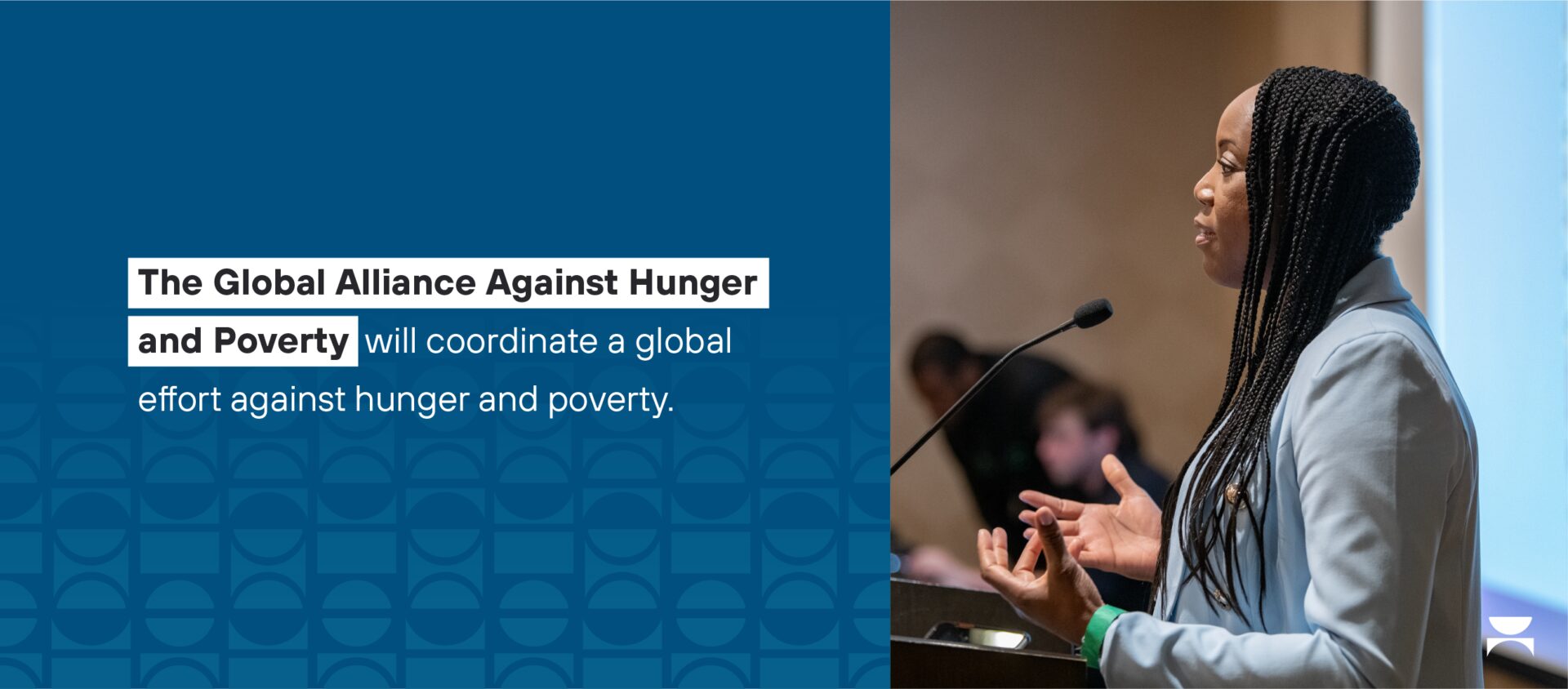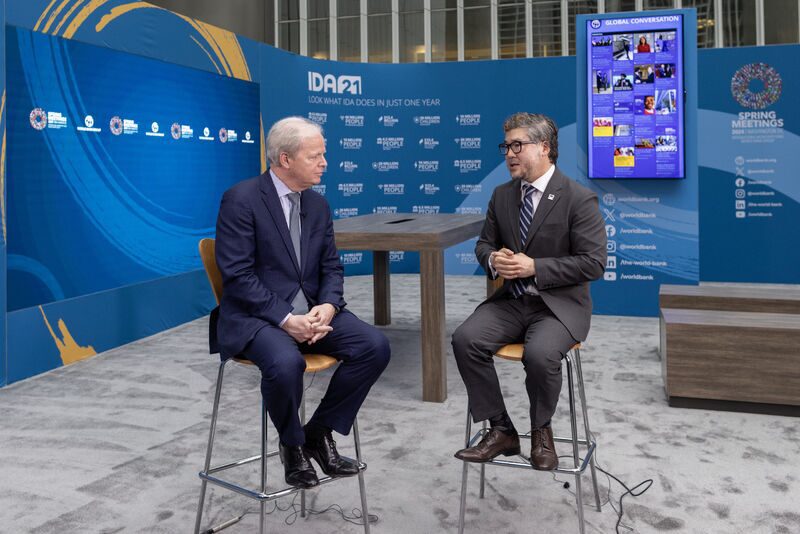IDA, the International Development Association, helps 500 million people experiencing poverty throughout the world improve their lives and livelihoods.
500 million people.
IDA does this by turning donations from higher-income countries into grants and low-to-zero interest loans to lower-income countries. It’s a lifeline for governments who are trying to address multiple mounting, intertwined crises at once. Conflict, economic shocks, the impacts of extreme climate, persistent poverty, rising inequality, and lasting impacts of COVID have hurt us all – and especially lower-income countries.
South Korea
My birth country, South Korea, faced several of these same crises in the 1950s and 60s. After the Korean War, the Republic of Korea was struggling with widespread hunger, the challenges of post-conflict rebuilding, sluggish economic growth, and political corruption. Its GDP per capita was just $158.
South Korea sought help and received its first IDA loan in 1962. Now, its GDP per capita is $32,254.
It was a striking achievement. They didn’t just use the loan to address shortfalls in their budget, they used it to change their country’s future. They are now a donor to IDA, contributing so that other countries have the chance to experience the same transformation.
Bread for the World
Nearly six years ago, Bread for the World was one of a few NGOs in 2019 who successfully defended IDA from appropriations cuts that were proposed in initial spending bills that year. Two years later, in 2021, Bread members advocated for – and then celebrated – a historic replenishment for IDA20.

Now, we are working toward the replenishment of IDA21. We are advocating for another successful replenishment – maybe the largest of all time.
Nutrition
One of the great blessings of modern life is that we have learned a lot about how to end dire poverty and disease that harmed much of past generations. One of the great tragedies of modern life is that we have not put all that know-how into practice.
For example, we know what it will take to end malnutrition around the world. The tools are there: prenatal vitamins, breastfeeding support for mothers, vitamin A supplementation, treatment of child wasting. We know we have to make food systems work better so that people have better access to affordable, safer, and more nutritious foods.

But our actions do not match our words. Nutrition is vastly underfunded globally and is often an afterthought in health and food programs. In fiscal year 2023, the nutrition account was only 1.5 percent of U.S. global health funding.
We should make sure that children affected by malnutrition are able to get the treatment they need, and we also need to prevent malnutrition; I would far rather a child never be malnourished.
This takes funding – and there is not enough.
IDA in action
In July, Brazil’s President Lula de Silva announced a new Global Alliance Against Hunger and Poverty as part of their presidency of the G20. The Alliance aims to enhance global partnerships, mobilize essential resources, and share knowledge and successful policies and practices to address hunger and poverty on a worldwide scale – it will coordinate a global effort against hunger and poverty. Funding mechanisms such as IDA can provide crucial financial support to implement these policies.

This matters to the 77 countries currently partnering with the World Bank on IDA. Just one example is Malawi, where IDA has helped millions of Malawians access food, improve nutrition, and rebuild agricultural livelihoods in the aftermath of climate shocks. In the low-income countries that quality for IDA, infrastructure is already precarious, so climate disasters affect them even more intensely – and investments that help smallholder farmers build resilience to them are even more impactful.
What We Need Now
I wrote this when I was in New York for meetings around the United Nations General Assembly. IDA was on people’s minds because crisis was on people’s minds. That week, Denmark set an example – they announced an early commitment to IDA that is a 40 percent increase from their last commitment. This impressive pledge is a strong statement of IDA’s power to address poverty and hunger and their drivers.
Ajay Banga, President of the World Bank Group, says, “The magic of IDA is not only the lifeline it offers to these countries, but its unique capacity to multiply every donor dollar four times. It’s the best deal in development. This commitment from Denmark will have a tangible impact on people’s lives.”
Hon. Simplex Chithyola Banda, Malawi’s Minister of Finance & Economic Affairs, says, “IDA is one of the most proven and effective aid providers the world possesses today and will be vital in delivering the vision of a hunger- and poverty-free world. With greater funding, the IDA can support the long-term investments needed to strengthen national food systems, while also breaking the cycle of crises that currently hold back the most vulnerable nations.”
It is projected that about 582 million people – half of them in Africa – will still be chronically undernourished by 2030 if current trends continue. The world needs to address the drivers of hunger and malnutrition and needs to put sufficient funding and financing into place that will allow countries to deliver interventions at scale – such as IDA.

Ensuring a successful replenishment of IDA21 this year is one step toward these goals. Bread for the World urges the U.S. to make a strong commitment to this fund and urges our partners and allies around the world to do the same.
Pray for Bread for the World as we advocate for IDA21 at key moments between now and December’s IDA21 Replenishment deadline. Pray that our words will be heard by our government leaders – and met with action.


